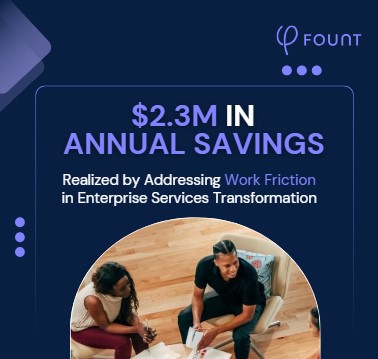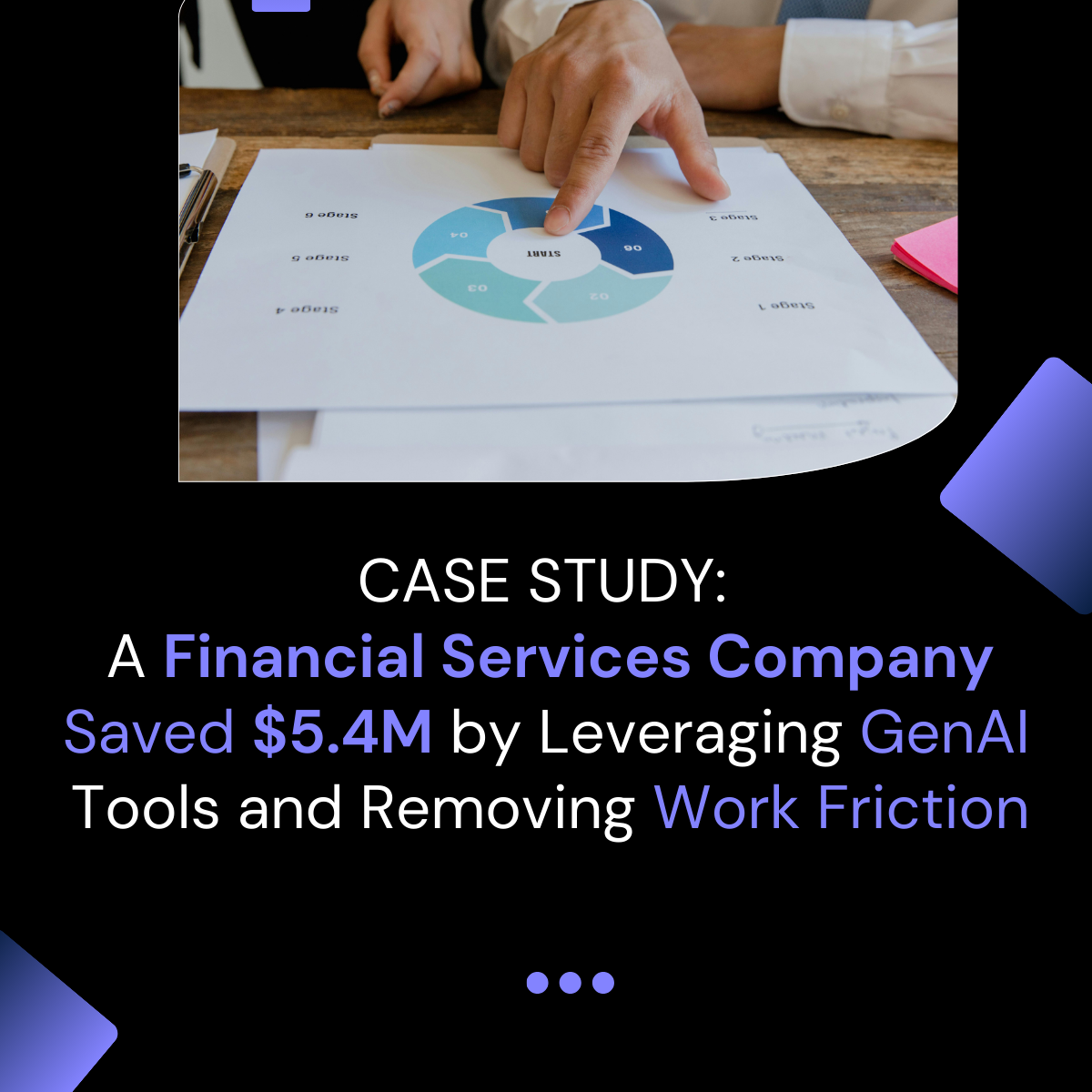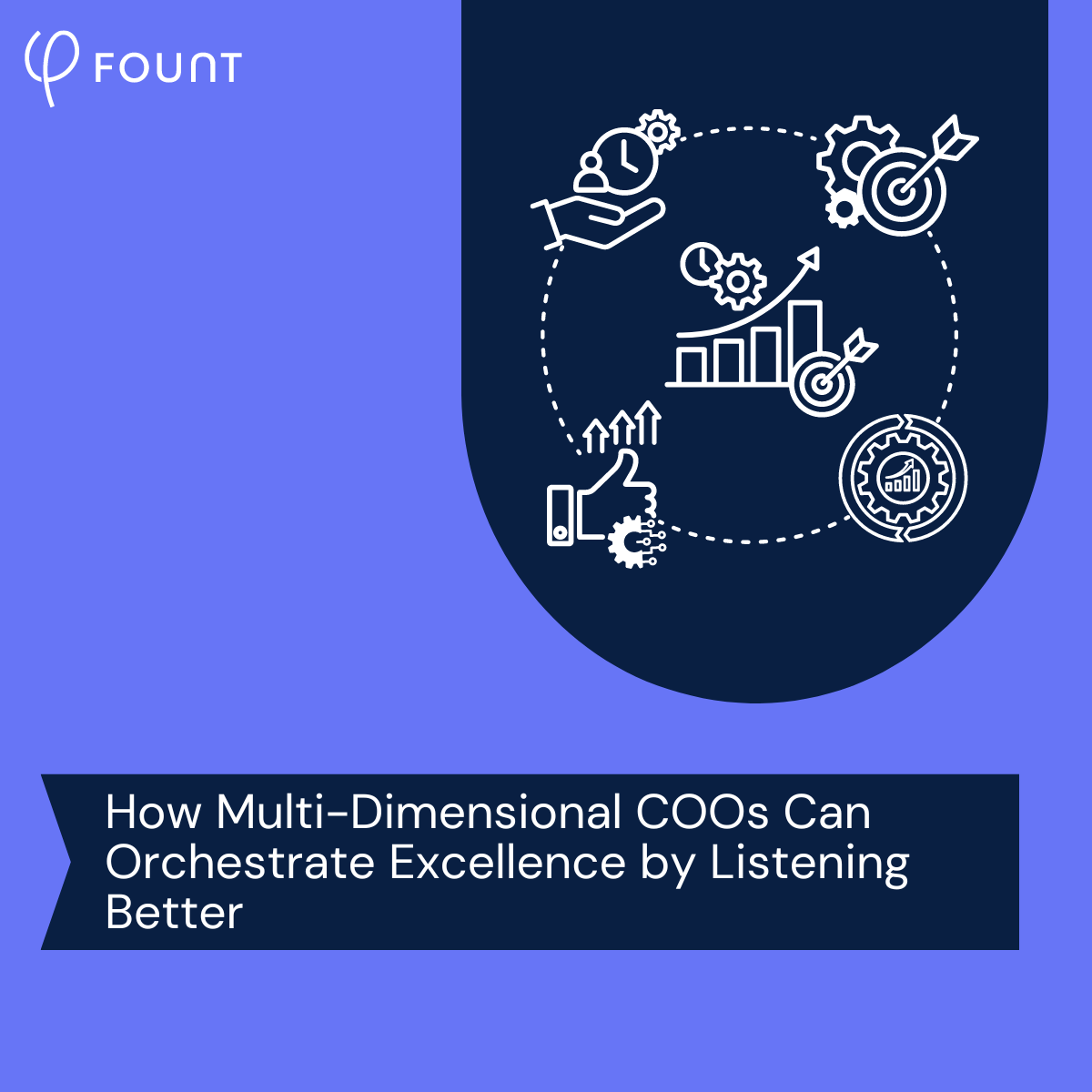Table of Contents
The Uncanny Rise of Work Friction in the Age of AI
A summary of the details of the article will go here.
There’s no avoiding it. Artificial intelligence (AI) has workplaces all aflutter.
Ideas about how AI will revolutionize the future of work vary, of course. Some envision small businesses “staffed” by a peopleless marketing practice built on the tech that drives customer service chatbots. Others crow about how AI’s “decision”-making capabilities will further empower clinical staff, like nurses, to make healthcare more efficient.
To be sure, HR leaders aren’t immune from notions about how AI is poised to forever change their profession. The proof is plain: one Gartner study found that 81 percent of HR executives have used, or considered employing, AI tools at work.
But chatter around AI notwithstanding, the tech is far from the workplace balm so many want it to be. In fact, AI has a unique potential to increase work friction – and make HR leader’s jobs more difficult. For more about the uncanny rise of work friction in the age of AI, read on.
AI’s “Black Box Problem” Uniquely Generates Work Friction
For HR leaders and workaday employees alike, AI presents a paradox. Many moments of work friction that AI’s proponents claim the tech solves are actually compounded by AI. And when AI is used in the workplace, it can create work friction points that didn’t previously exist.
The reason? AI’s “black box problem” – that is, no one quite knows how AI works. In practice, this means you can’t independently trust generative AI programs to output error-free answers.
The result? Additional, and unnecessary, moments of work.
Say you want to better manage employee retention. You need to avoid human biases and minimize error. But at the same time, workforce management can quickly lead to decision fatigue. So you turn to an AI program to analyze data about employee engagement and ensure your efforts aren’t wasted on unnecessary obstacles that make work harder than it needs to be.
In any case, the goal is to reduce your cognitive burden. But because of AI’s black box problem, you can’t inherently trust the AI program to output answers you don’t have to verify. So what was meant to decrease your workload actually increases the number of decisions you have to make as you review the AI output for errors.
As an HR leader charged with identifying, detailing, and justifying your people management strategy, any moment spent backfilling the logic behind your AI program’s results is wasted effort – and a significant contributor to work friction.
Next, we’ll examine another way AI overly complicates moments of work.
AI Makes Moments of Work Friction Harder to Pinpoint
Along with generating new moments of work friction, AI programs can complicate how HR leaders identify existing friction points. Ironically, that creates even more wasted effort. And, in turn, further perpetuates work friction’s viscous cycle.
Consider how each of the following AI workflow results make it harder to discover the root cause of work friction, and require additional effort to address in addition to any initial friction points:
- Data overload: AI generates a tremendous amount of data. HR leaders already have a tremendous amount of data. Sorting through massive datasets to identify noise-free KPIs is time-consuming and unproductive.
- Automated interactions: When HR administrators use AI-driven systems to handle employee interactions or queries, it builds a wall between employees and leadership. Without moments of direct interaction, it’s harder to understand nuances of experience, and difficult to identify the moments that prevent employees from achieving their goals.
- Bias in algorithms: AI algorithms often perpetuate biases present in the data they’re trained on. When this happens, it obscures the actual causes of work friction, especially when algorithms fail to account for individualized perspectives and experiences.
This isn’t, of course, to say that tech has no place in HR. As part of a targeted, refined strategy, in fact, technology solutions, including AI, can help root out moments of work friction. Let’s dive a bit more deeply into that…
Moment-Centric Data Helps HR Leaders Reduce Work Friction
Picture this: your HR team makes numerous attempts to make work easier, only to be told by employees that none address the moments that prevent employees from reaching their goals.
Listening to employees is key to effectively resolving work friction. It helps avoid making assumptions about employees’ needs and tailors solutions based on their specific experiences.
A helpful way to address this is to survey a small group of employees in order to pinpoint:
- The most prevalent moments of work friction.
- The specific areas causing the most impactful friction points for the most workers.
- The precise effects of work friction on the employees who experience it.
With survey data in hand, you can identify the individual moments of work friction, experiment with potential solutions, and monitor the impact those solutions have on the daily experiences of employees. For example, if employees express frustration with their current annual review process, you can test out alternative approaches – say, a holistic, employee-led presentation rather than a rote rating system.
Subsequently, you can follow up with employees regularly (e.g., on a monthly basis) to gauge any observable changes in their satisfaction levels. When executed correctly, this method enables HR leaders to focus on the specific moments of work friction, ultimately aiding all employees in achieving their goals.
AI-savvy Friction Fighters Make Work Less Effortful for Everyone
Unknowable as AI’s ultimate potential for the workplace remains, the technology is here to stay.
The key to intelligently using AI at work? Identifying the moments when AI makes work more complicated in order to convert them into moments that help employees achieve their goals.
For more about how FOUNT can help you build a team of AI-savvy friction fighters, get in touch.

Check out our latest research on work friction.
Related Resources
See all News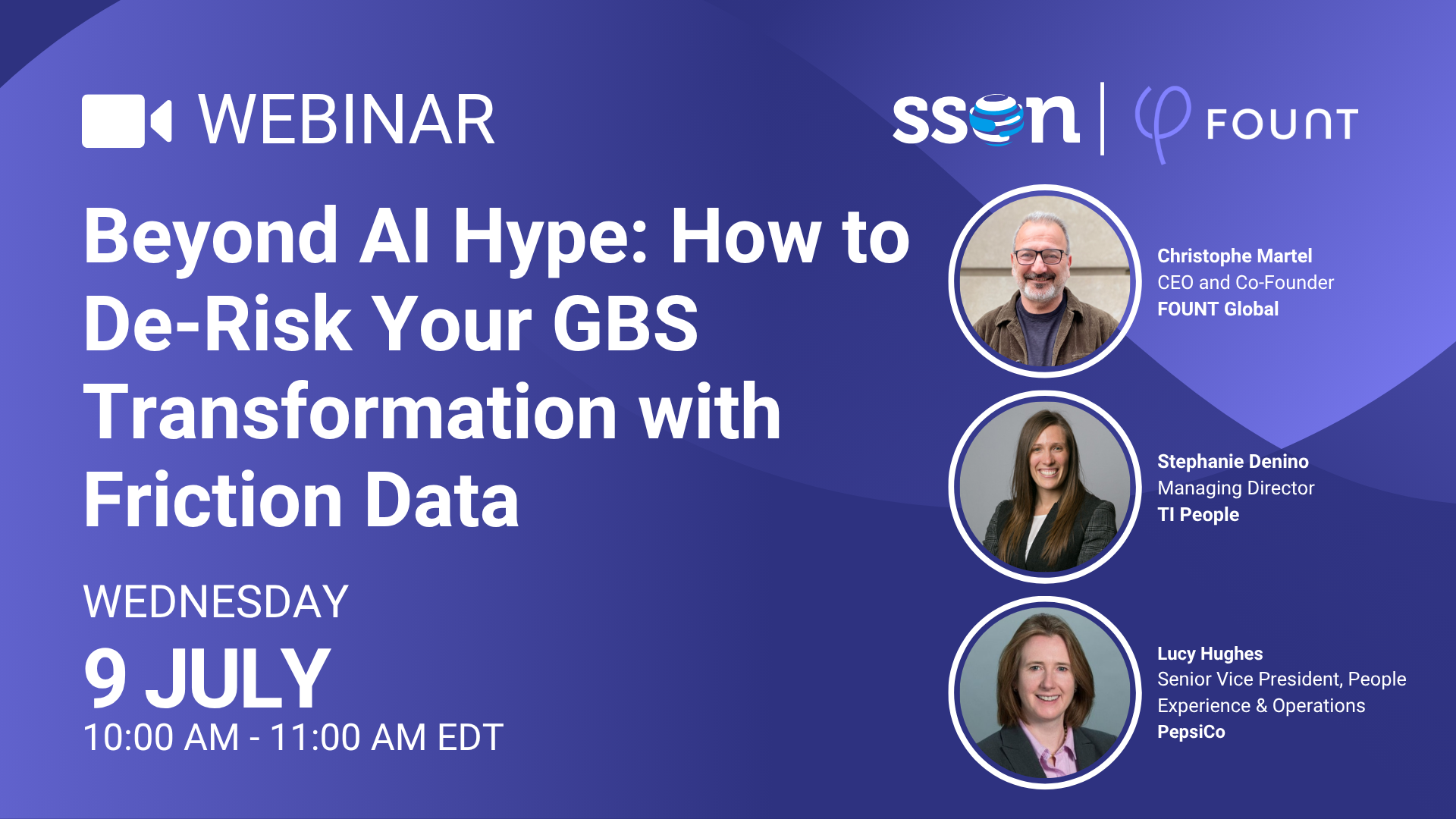
FOUNT News
LIVE Webinar. Beyond AI Hype: How to De-Risk Your GBS Transformation with Friction Data

Guest Post
3 Signs Your GBS Is Creating Friction Instead of Flow (And How to Fix It)
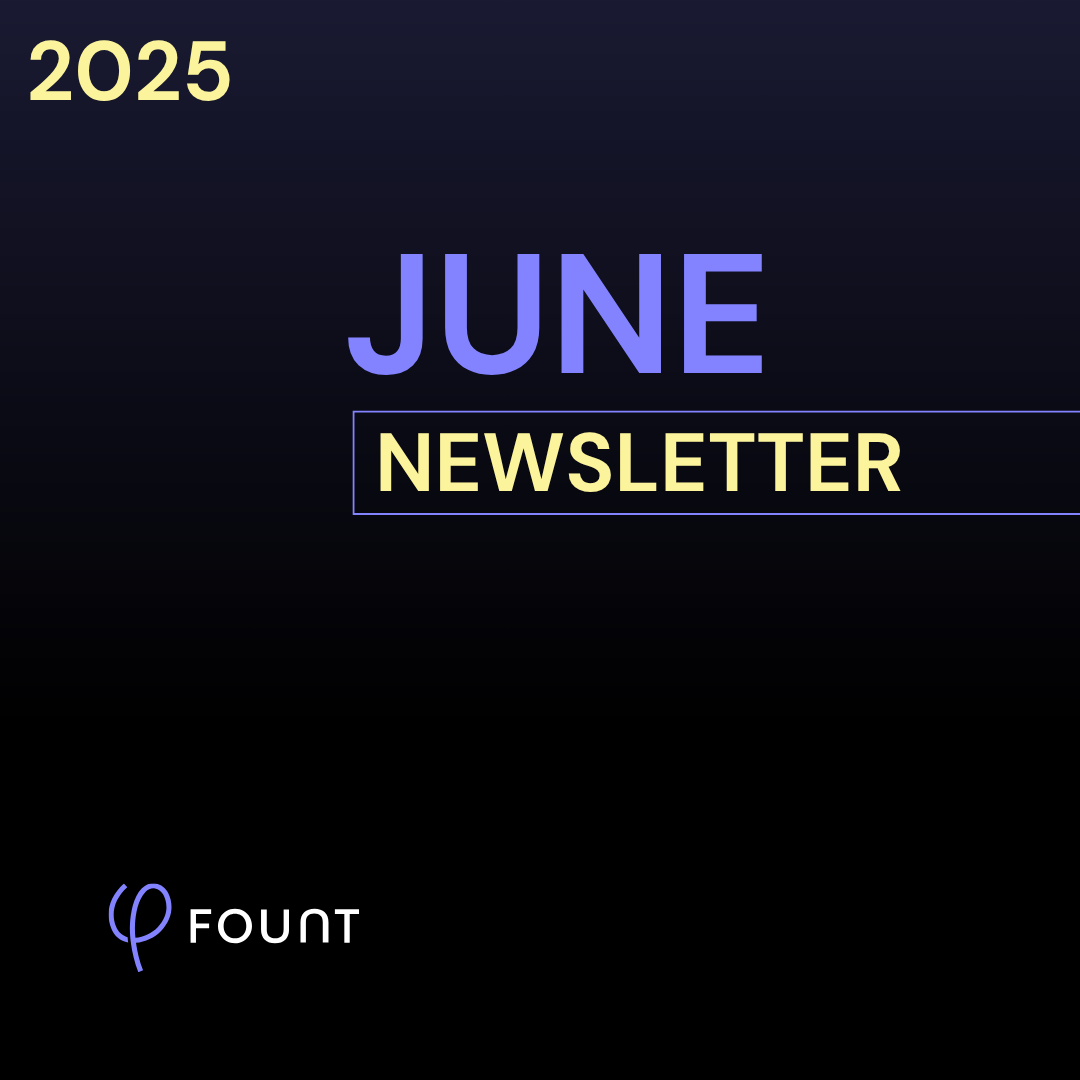
FOUNT News
June Newsletter: Friction is Killing Your AI ROI.
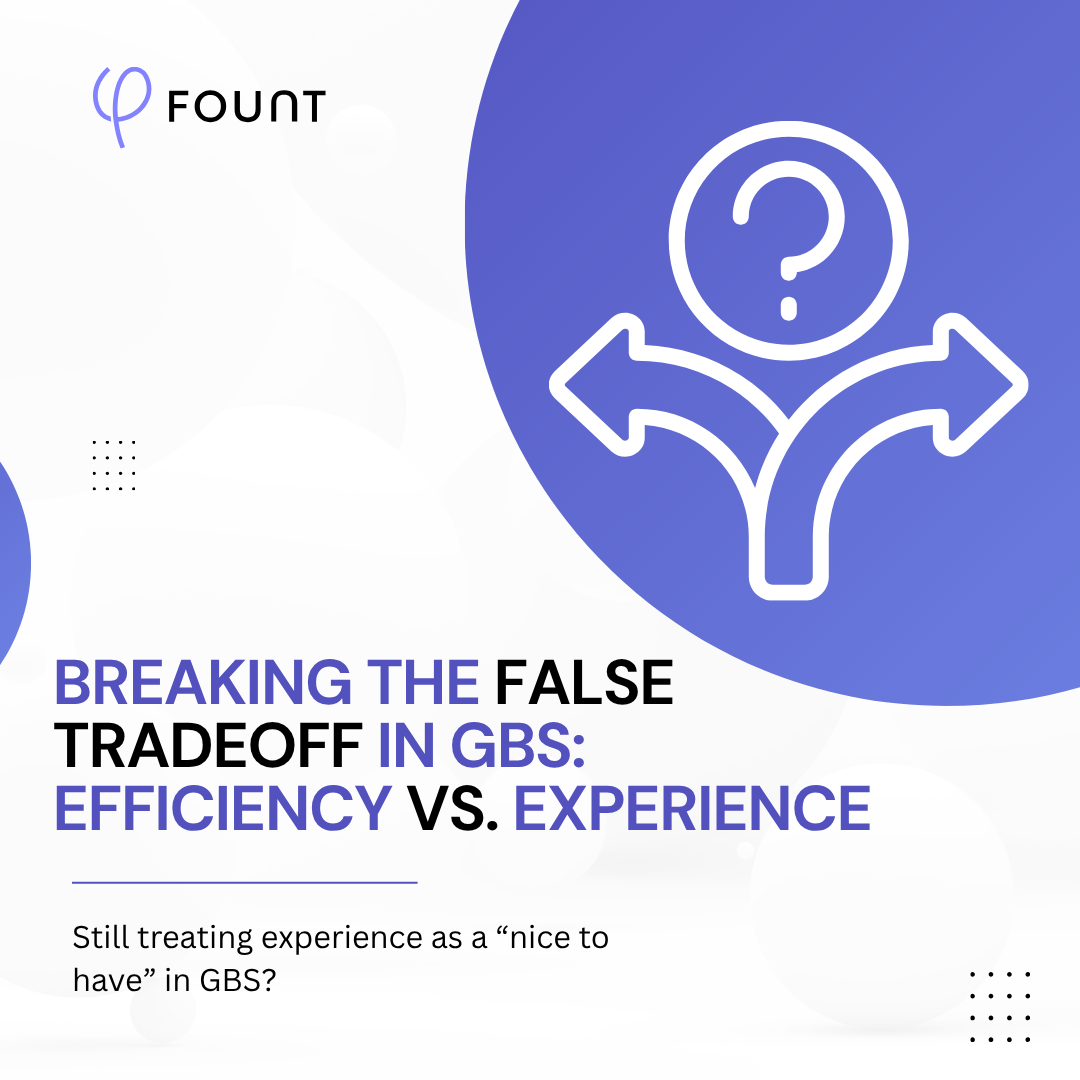
Insights
Breaking the False Tradeoff in GBS: Efficiency vs. Experience
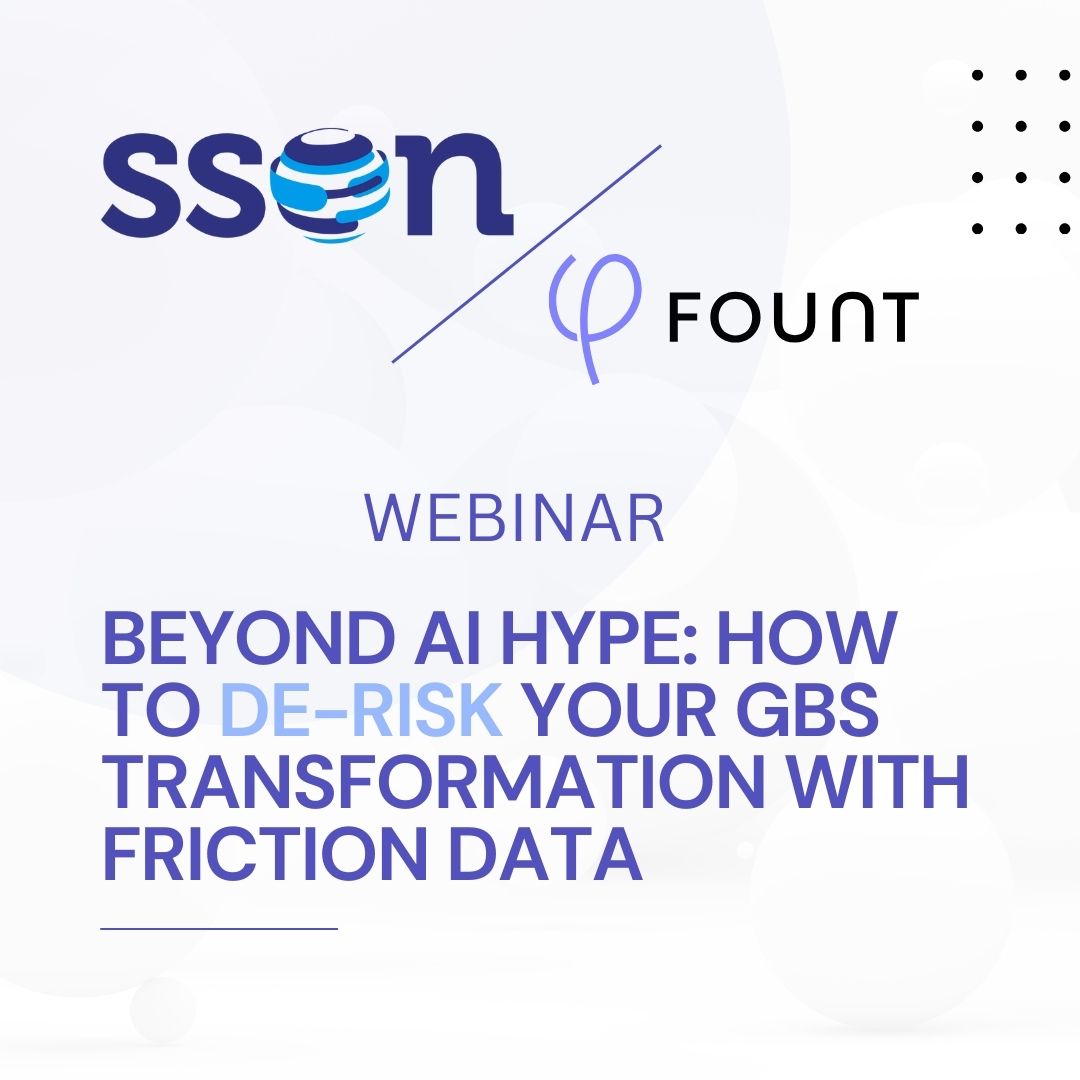
Events
LIVE Webinar – July 9th for SSON Network. Beyond AI Hype: How to De-Risk Your GBS Transformation with Friction Data
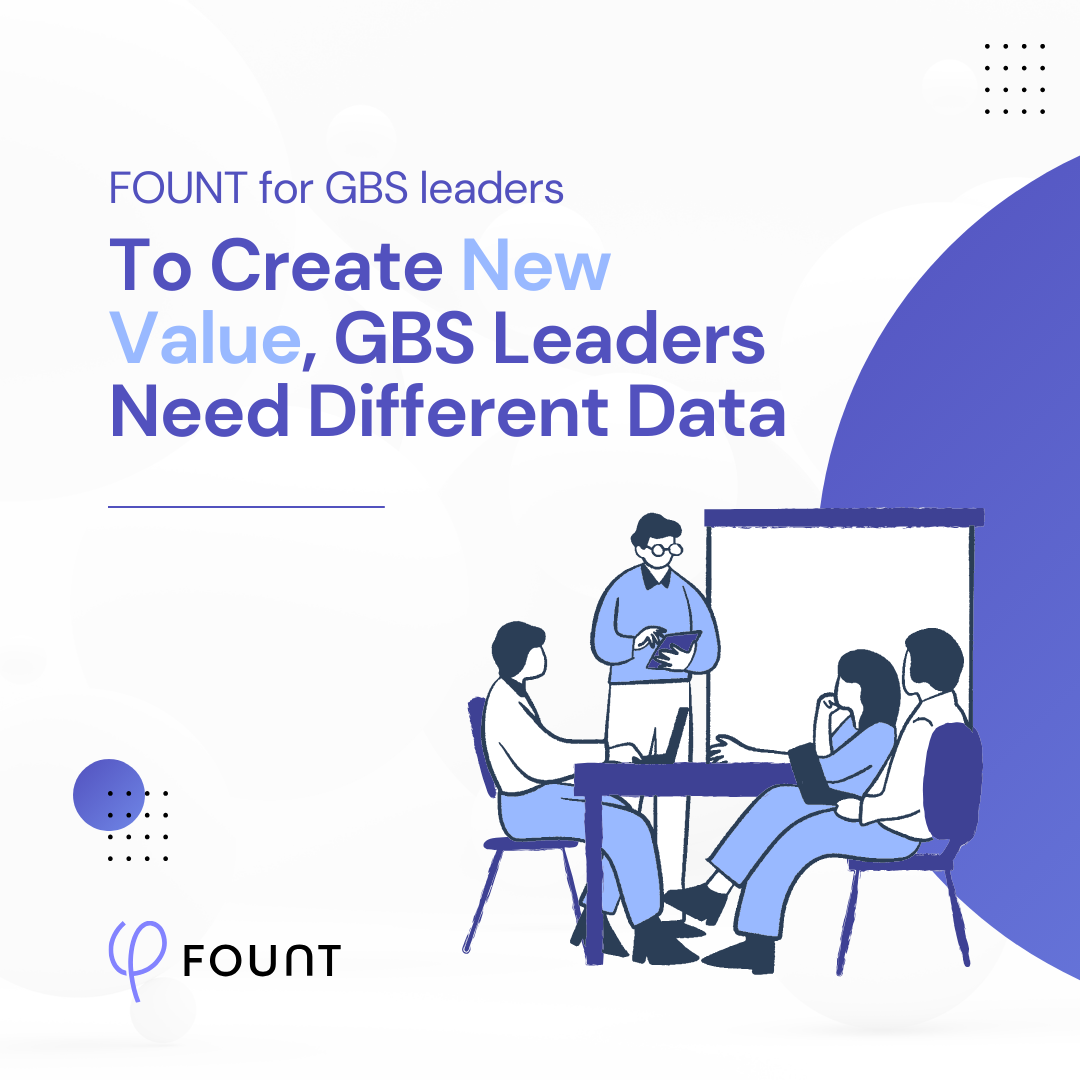
Insights
To Create New Value, GBS Leaders Need Different Data

Insights
How to Keep Up with the Latest AI Developments
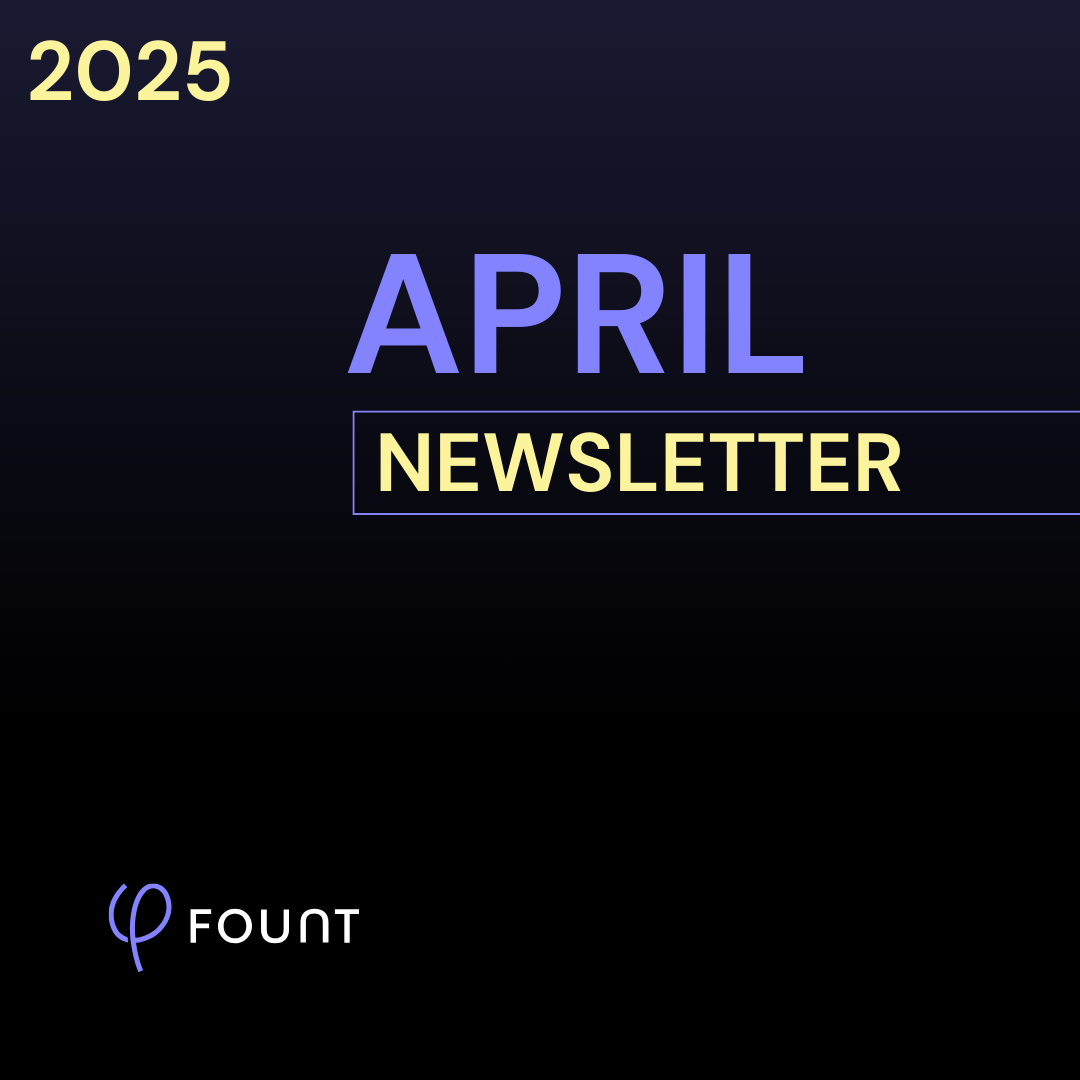
Insights
APRIL Newsletter. Friction: You Can’t Improve What You Can’t See
